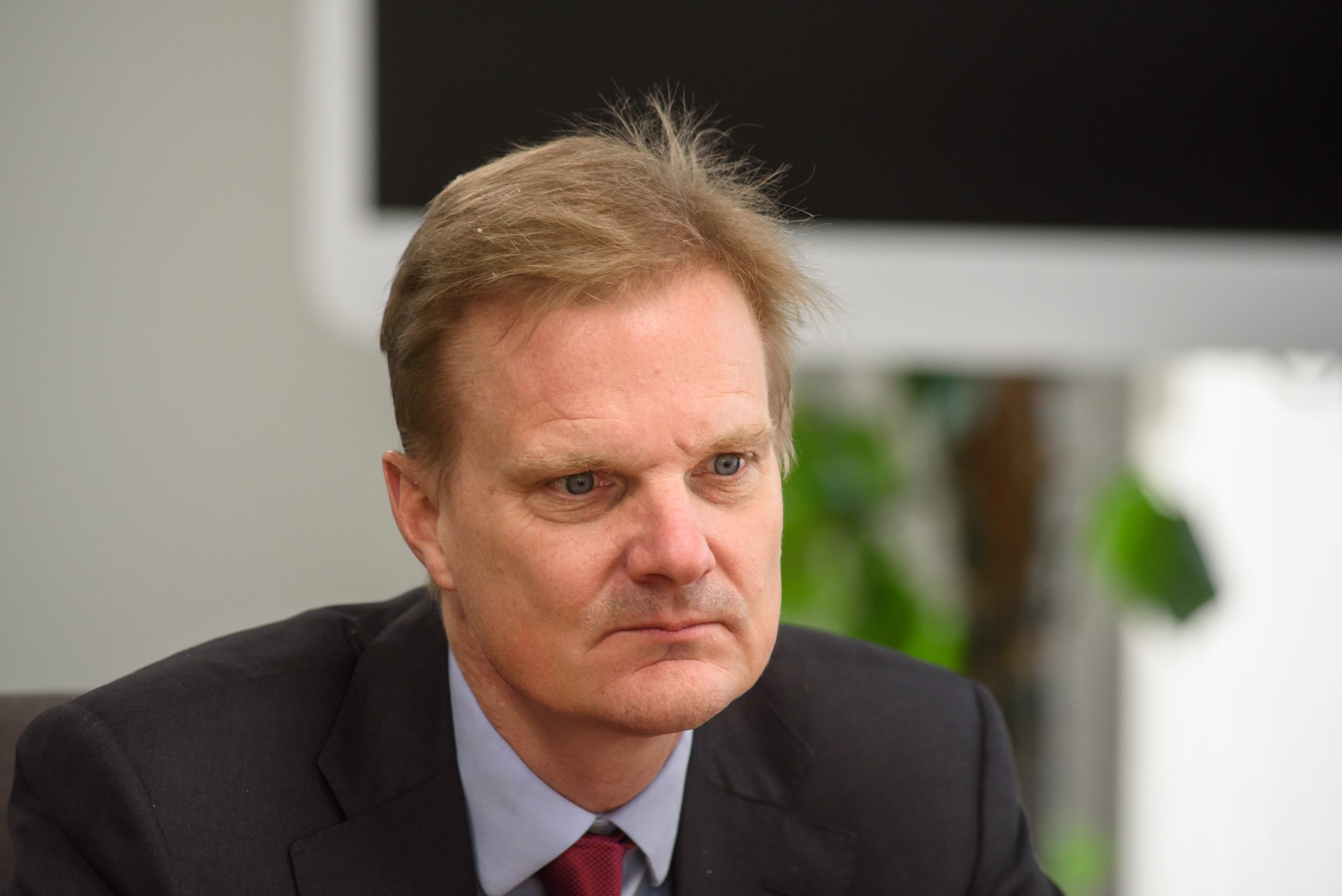UBS faces a surprising leadership shake-up as Vice Chairman Lukas Gähwiler announces his resignation, effective spring 2026. The departure comes at a critical juncture — just before the bank is set to finalize its massive integration of Credit Suisse. For investors and analysts, the move raises questions about the stability and strategic direction of Europe’s largest wealth manager.
Leadership Transition Amid a Historic Merger
The merger between UBS and Credit Suisse — the largest banking consolidation in Europe since the 2008 financial crisis — has entered its most delicate phase. Lukas Gähwiler, a key figure in UBS’s board and a stabilizing force during the acquisition process, has been instrumental in ensuring regulatory compliance, credit alignment, and client confidence throughout the integration.
His planned exit, while orderly, adds a layer of uncertainty just as the bank navigates final regulatory approvals and restructuring efforts. UBS has emphasized that succession planning is underway, but markets often interpret such leadership changes as signals of shifting priorities or internal friction during complex mergers.
Implications for Clients and the Broader Banking Sector
For clients and investors, UBS’s stability is critical. The bank’s ability to manage deposits, loans, and credit portfolios efficiently determines confidence in Switzerland’s financial system — long considered a benchmark for global banking reliability. Analysts note that digital banking integration between UBS and Credit Suisse remains one of the most challenging aspects of the merger, as both institutions must align customer data systems, mortgage servicing platforms, and online checking account technologies without disrupting client access.
Any turbulence could affect lending efficiency and interest rate competitiveness, especially as European banks adapt to a slower credit cycle and a potential decline in deposit margins due to easing monetary policy.
Strategic Focus: Regulation, Risk, and Future Growth
The UBS–Credit Suisse merger is closely monitored by global regulators, including the Swiss Financial Market Supervisory Authority (FINMA) and the European Central Bank. Both have emphasized the importance of maintaining sufficient capital buffers and liquidity coverage ratios — key measures tested in annual stress evaluations similar to those conducted by the U.S. Federal Reserve.
UBS must also ensure that its balance sheet remains resilient amid fluctuating loan demand and mortgage rates. As digital banking becomes more central to its strategy, UBS’s leadership transition will likely determine how effectively the bank leverages technology to expand globally while maintaining prudent credit standards.
Closing Insight: What Lies Ahead for UBS and Global Banking
Lukas Gähwiler’s departure underscores how leadership dynamics can shape the course of major financial transformations. For UBS, success will hinge on executing the Credit Suisse integration smoothly — without undermining client trust or operational efficiency.
In the broader context, this episode highlights a recurring theme in global banking: that strategic mergers, while offering scale and synergy, demand steady governance and digital adaptability. As interest rates stabilize and competition intensifies, banks that combine technological strength with transparent leadership will define the next era of global finance.













